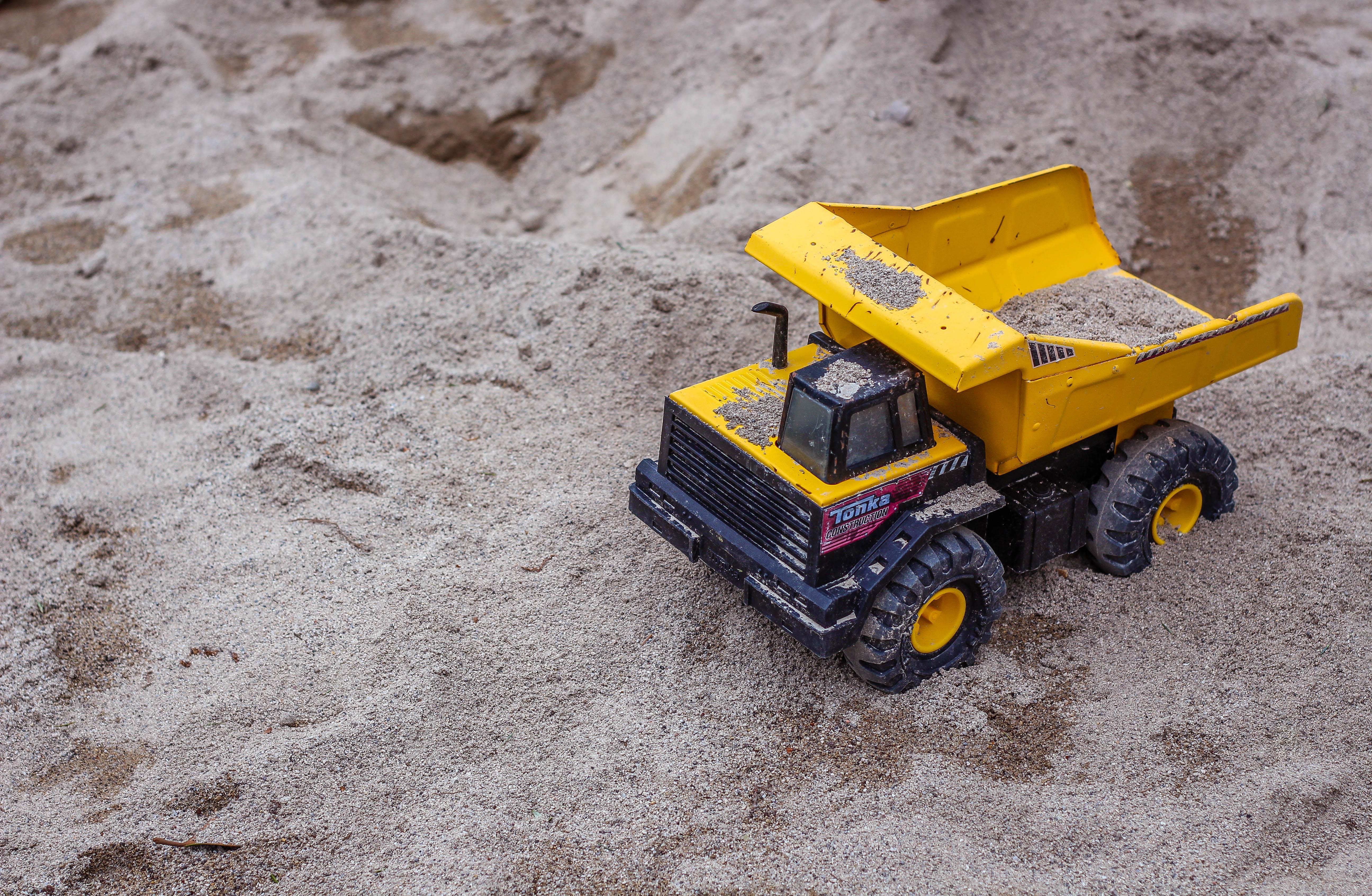
04 Feb Building a new home when you still own your old home
Photo: melodie2/morguefile.comQ. How can we reduce the stress of selling our current home while waiting for a new one to be built? It can take 6 months to a year for a new home to be built and if we put our home on the market and it sells quickly, where can we get a short term (month to month) rental that doesn’t cost $3-4K/month? We need the equity from our current home to pay cash for the new one and have not been able to locate any banks that provide “bridge loans.” So if we wait until a new home is nearing completion to put our home on the market and it doesn’t sell in time, we have a problem. Is getting a mortgage on the new property (with expensive fees) and paying it off when we sell our current home the only way around this? And that’s assuming we would even qualify for owning two homes.
A. Juggling your current home while building a new one can be tough.
If the home you are selling is in an area in which homes are in demand, you will have more flexibility with trying to sell it and time it with the closing of your new construction, said Brian Power, a certified financial planner with Gateway Advisory in Westfield.
“Ultimately, you would want to find a buyer that has a flexible closing date and is willing to work with you,” Power said. “If you list the home six months prior to the anticipated closing on the new construction, that should give you plenty of time to sell it and hopefully find someone willing to work with your closing date.”
If finding a flexible buyer is not in the cards, then consider asking a friend or relative if you can stay with them for a few weeks or months and put your stuff in storage, Power said. That option would probably be much cheaper than renting another place or trying to find a month-to-month rental property.
The other option would be to let potential buyers know upfront that you will need to rent your own house back for a few months while waiting for your new construction to be completed, he said.
“Even if you rent back your home for an extra month after the new construction is complete, it would be worth the comfort in knowing you would not have to be in a big rush to move out if the new construction finishes faster than expected,” he said. “Many potential buyers may like this rent back option since they know they can close quickly on your house and own it but receive some income initially to offset the costs of owning two places.”
He said the best candidates for this rent back scenario would be people that are currently renting and do not have something they need to sell to fund the purchase of your home.
If you have enough equity in your current home, you can get a home equity line of credit (HELOC) from most banks, Power said. This can act as your “bridge loan” as you have to pay the new construction off in different phases.
“One caveat here is that the HELOC must be set up well prior to you putting your house on the market — likely one year — for the bank to be willing to establish the HELOC,” Power said. “If you let them know you’ll be listing your house in the next six-months, most banks are not going to want to go through the effort and costs to establish the loan when they know it’ll be paid off in six months to a year and they barely collect any interest payments on it.”
You have other alternatives, but they all include quite a bit more risk.
The same “bridge loan” concept applies if you have a portfolio of stocks, bonds and mutual funds, Power said. Most investment firms will lend you money — called a margin loan — and use your investments as collateral. You can get anywhere from 50 to 80 percent of the value of the investments as a loan depending on the types of investment vehicles being used as collateral.”
Another option could be using your 401(k).
Power said if you’re an active employee, you can take a loan from your 401(k) up to $50,000 and use that in combination with one of the “bridge loan” strategies discussed earlier.
Lastly, Power said, there is a little known and seldom used short-term “loan” that people can take from their IRAs. You can take a short-term withdrawal — not technically a loan — from an IRA and as long as you redeposit the money back within 60 days, you will not be required to pay taxes on the withdrawal. You can do this once every twelve months.
“The risky part of this idea is if your current home doesn’t close in time for you to replace the money back into the IRA, you will owe taxes on the entire withdrawal from the IRA,” Power said.
Good luck finding and funding your new home.
Email your questions to Ask@NJMoneyHelp.com.
This story was first posted in February 2015.
NJMoneyHelp.com presents certain general financial planning principles and advice, but should never be viewed as a substitute for obtaining advice from a personal professional advisor who understands your unique individual circumstances.
